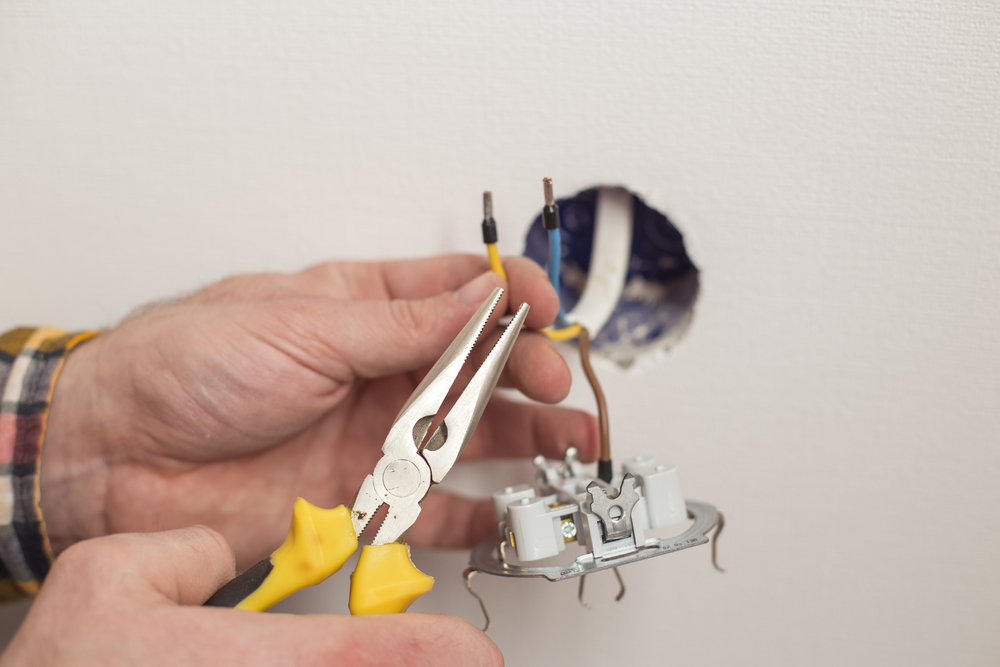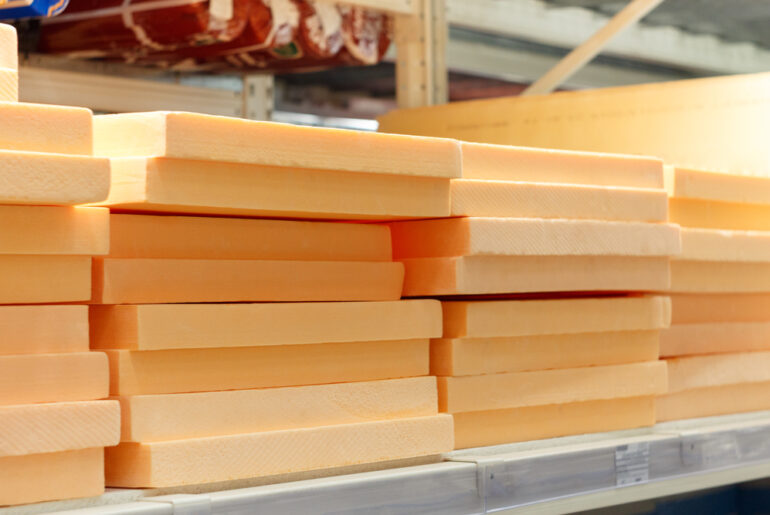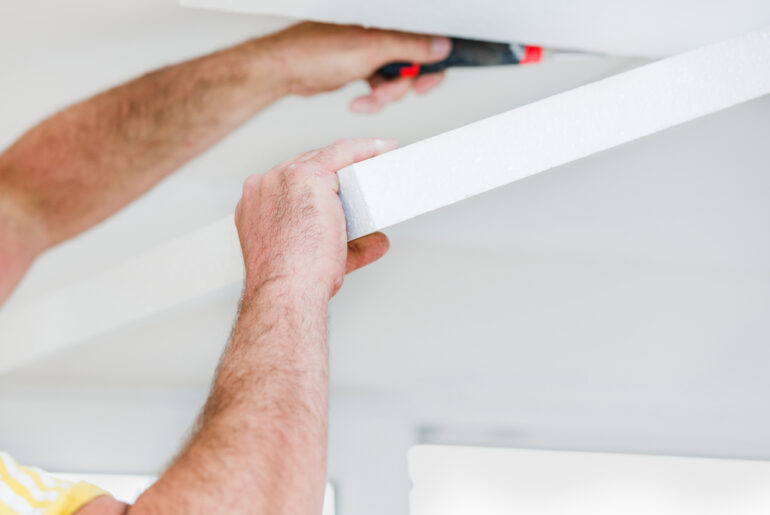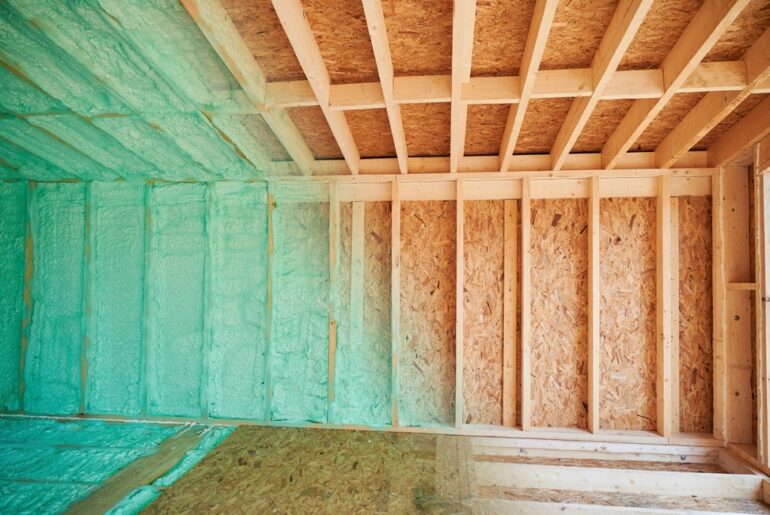Foam board insulation is a popular choice for both new construction and for home renovators, but is it safe to run electric cables alongside, or through sheets of rigid insulation?
Rigid foam has been used extensively in past decades and has developed into a much greener product since it was first produced using CFC/HCFC chemical propellants. It is a long-lasting, resilient, and stable material ideal for use in many areas.
Most of the time it is safe to run electrical wiring next to rigid foam, but there are ways to protect the energy performance of the insulation while doing so.
Here’s everything we know that you should know.
Can Rigid Foam Touch Electrical Wires?
The belt and suspenders way of dealing with electrical cables in any setting where they might come into contact with materials or services that may clash is to put everything through a series of conduits or ductwork. This will ensure that any issues with overheating or contact with cables will be minimized.
Polystyrene Insulation Board and Extruded Polystyrene Board
The trouble with polystyrene and insulated PVC cable is that the two materials do not get along and prolonged exposure will cause the cable sheathing to degrade. Also, the cable rating will be decreased, because when you put electric cables in insulation the amount of heat that can dissipate is greatly reduced, which means less power will be available at the outlet.
Eventually, the plasticizer will leach out of the cable and the PVC sheathing will crack.
Potential solutions
- Upgrade to a non-migratory cable with additional sheathing to combat this. It is a little more expensive than the standard PVC cable, but it will solve the issue.
- Design the cable layout so that the vertical runs are fixed to a wall stud away from the insulation such that they do not come in contact, if possible. Ensure there is no slack in horizontal runs to avoid contact.
- Design the cable loading such that it runs at 50% capacity thereby keeping the cable temperature low enough to guarantee minimal migration.
- Use any solid form of electrical conduit to physically separate both insulation and electrical cabling.
Polyisocyanurate (PIR) Boards
The first wave of this kind of foam board was produced using polyurethane, which did not work well with electrical cabling, causing some delamination of the boards. The change-up to using polyisocyanurate eliminated this issue and there are no reported problems using electrical cables adjacent to this type of insulation.
Using spray foam to close off any electrical penetrations, to maintain the integrity of the insulated envelope of the house, is recommended (because it is not a polystyrene product).





